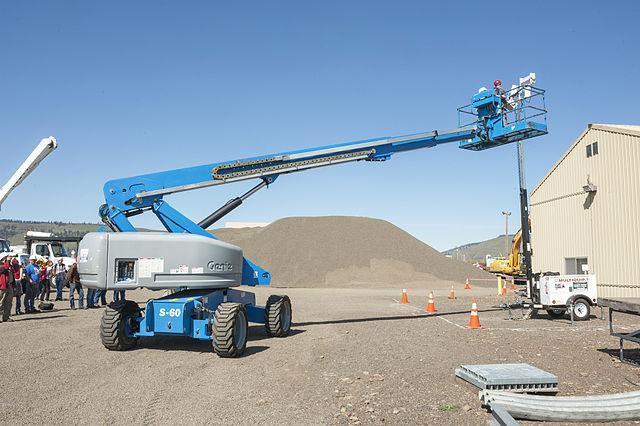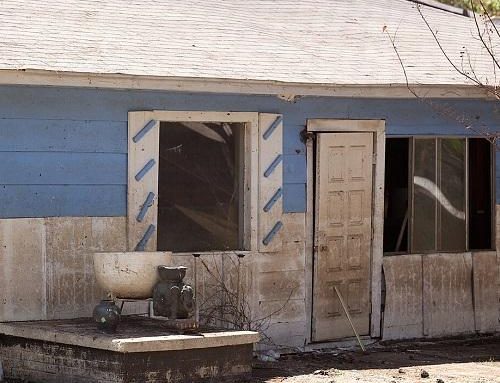Ensuring the safety of employees and equipment on the job site
Aerial lifts are commonly used in construction environments to provide workers with access to elevated areas. While these lifts can be a valuable tool, they can also pose a safety risk if not used properly. If you’re a construction business owner or manager, it’s important to take steps to ensure the safe use of aerial lifts on the job site. Here are ten tips for safely using aerial lifts in construction environments.
- Establish a clear aerial lift policy: The first step in safely using aerial lifts is to establish a clear policy that outlines the expectations and consequences for employees who fail to follow safety protocols. This policy should be communicated to all employees and easily accessible in case employees need to refer to it.
- Provide education and training: Education and training are key tools in helping employees understand the risks associated with aerial lifts and how to use them safely. Consider offering regular training sessions or workshops on aerial lift safety, and provide employees with information and resources to help them stay safe on the job.
- Encourage employees to speak up: Many accidents and injuries involving aerial lifts go unacknowledged because employees are afraid to speak up. It’s important to create a culture where employees feel comfortable discussing safety concerns and know their concerns will be taken seriously.
- Offer support and resources: To help employees safely use aerial lifts, it’s important to offer support and resources. This could include providing access to safety equipment, first aid supplies, and other resources to help employees avoid accidents and injuries.
- Conduct regular safety inspections: Regular safety inspections can help identify potential hazards involving aerial lifts and take steps to address them before they cause accidents or injuries. Consider conducting safety inspections regularly, and involve employees in the inspection process to ensure their concerns are heard.
- Be prepared for emergencies: Emergencies can happen on the job site, and it’s important to be prepared for them. Make sure that you have a plan in place for dealing with emergency situations involving aerial lifts, and ensure that all employees are aware of their roles and responsibilities in case of an emergency.
- Follow manufacturer’s guidelines: Aerial lifts are complex equipment, and it’s important to follow the manufacturer’s guidelines for safe use. This includes properly setting up and using the lift, conducting routine maintenance, and ensuring that the lift is being operated by trained and qualified personnel.
- Use the appropriate lift for the job: Different aerial lifts are designed for different tasks, and it’s important to use the appropriate lift. Make sure that the lift you are using is capable of handling the load and performing the task safely.
- Follow safe operating practices: Safe operating practices are essential for preventing accidents and injuries involving aerial lifts. This includes following all safety procedures, using safety equipment, and maintaining a safe work environment.
- Follow up: After implementing safety measures, it’s important to follow up with employees to ensure they are working effectively. This can involve regular check-ins, safety audits, or other forms of feedback to gauge the effectiveness of your safety efforts.
Following these tips, you can safely use aerial lifts in construction environments and reduce the risk of accidents and injuries on the job site. This will help protect the well-being of your employees and ensure a safe and successful business.
Do you need Online Construction Safety Training?
Try a free demonstration of Aerial Lifts in Construction Environments:










